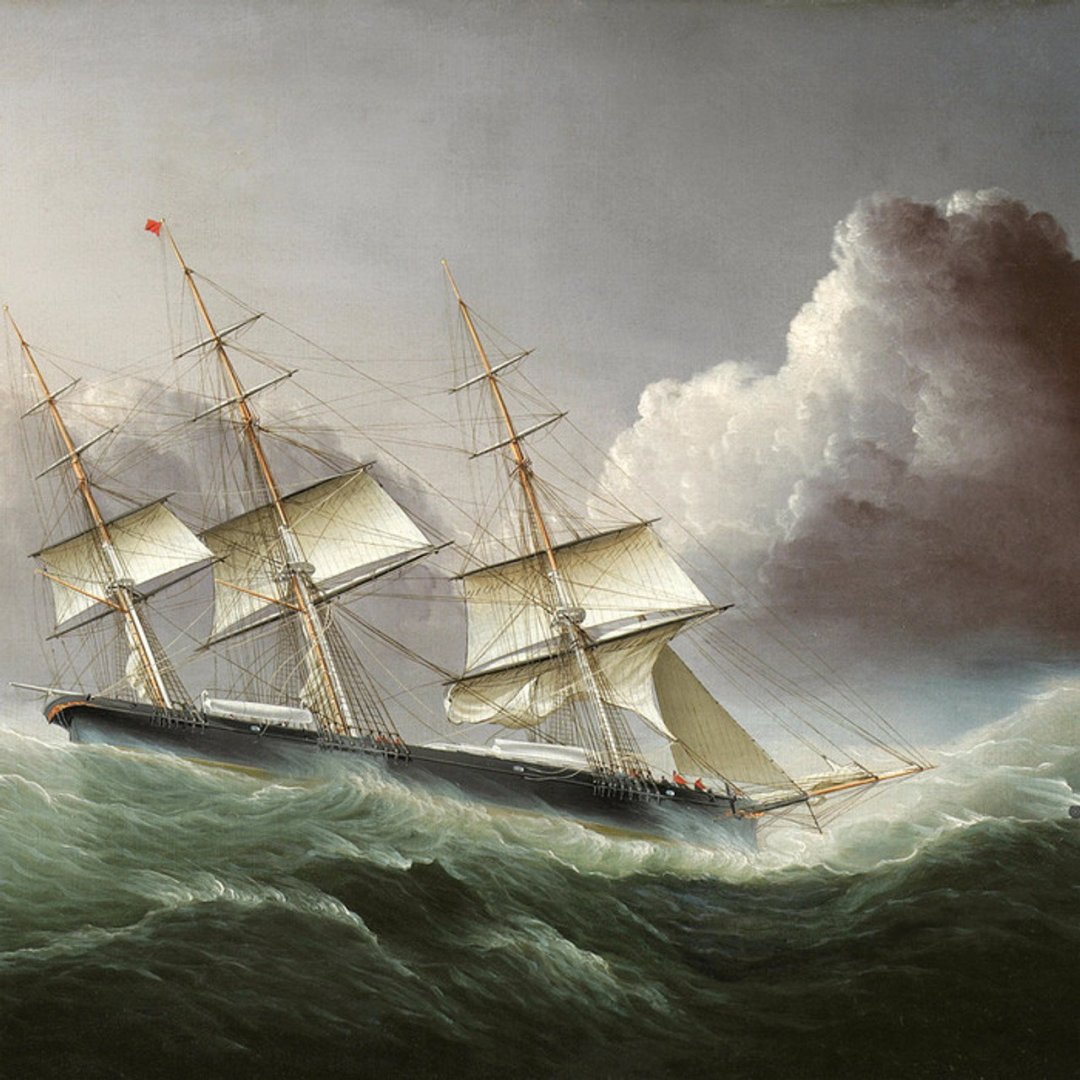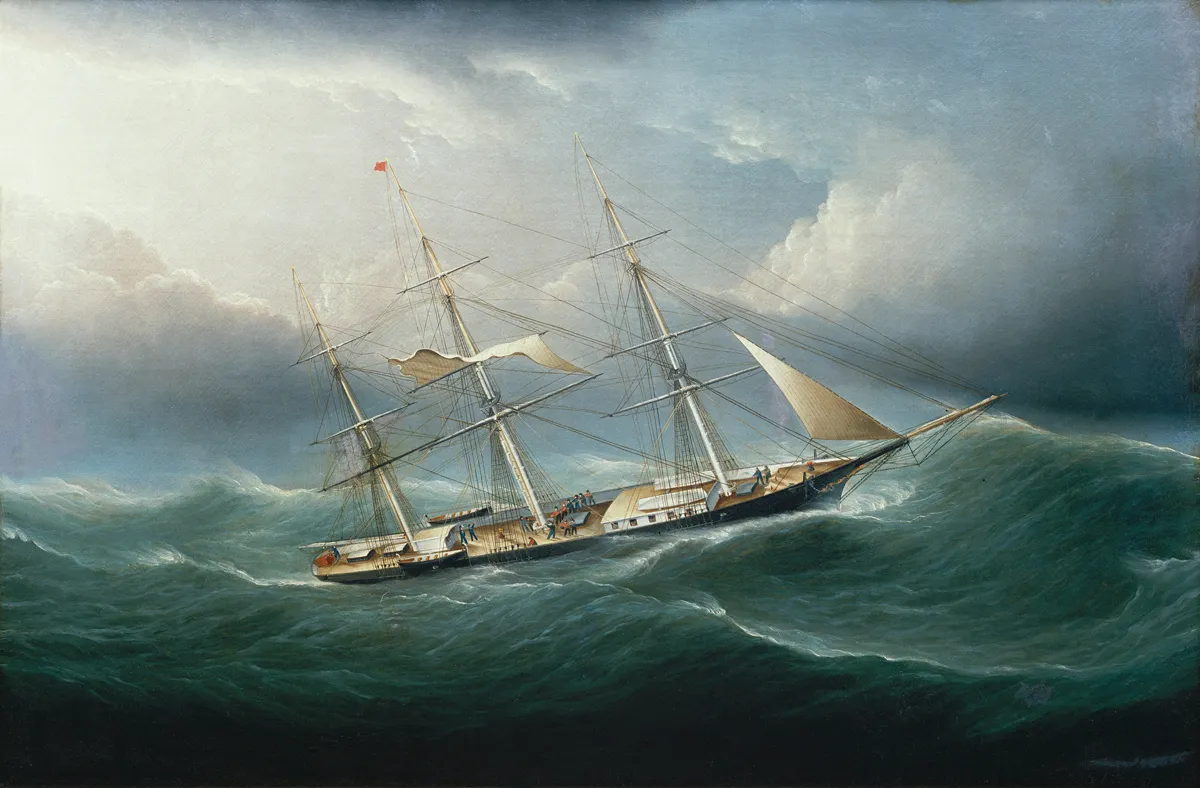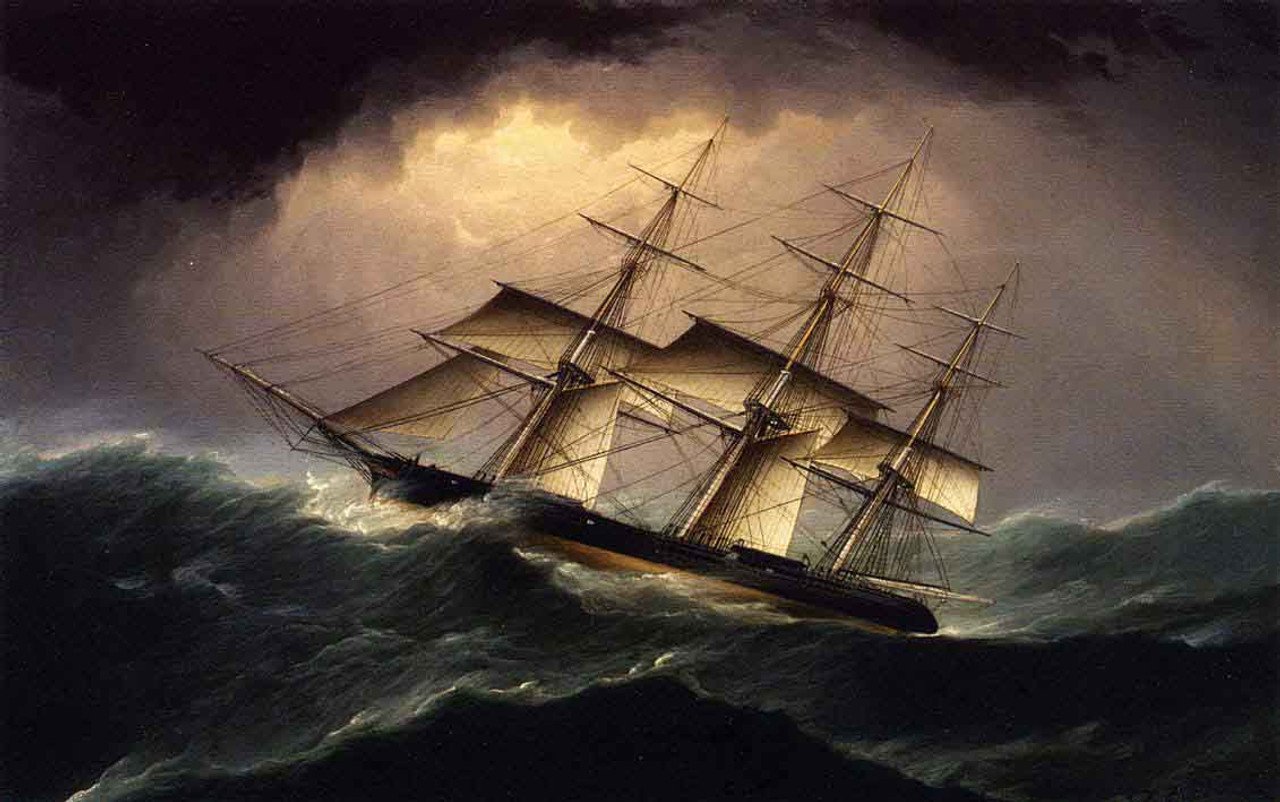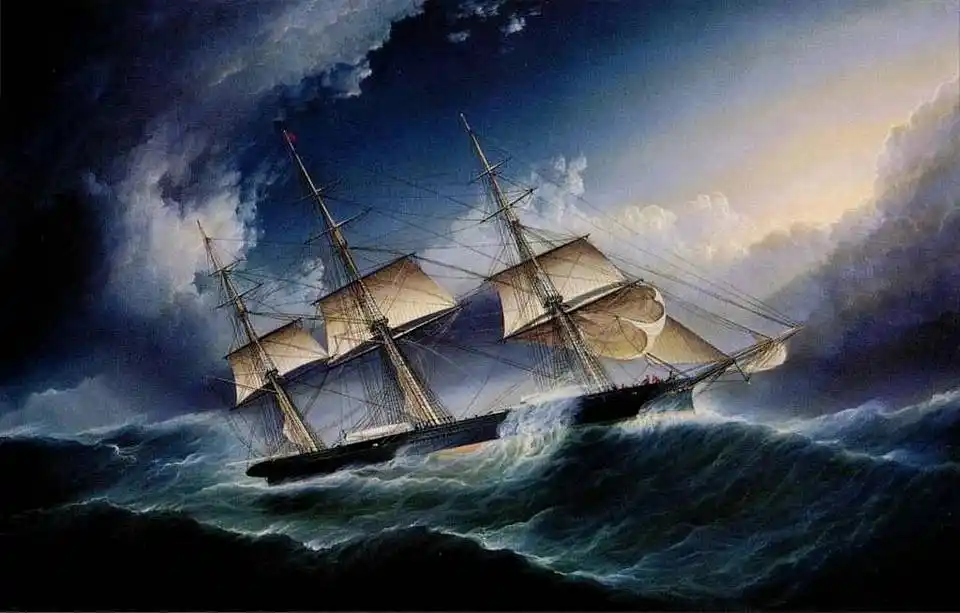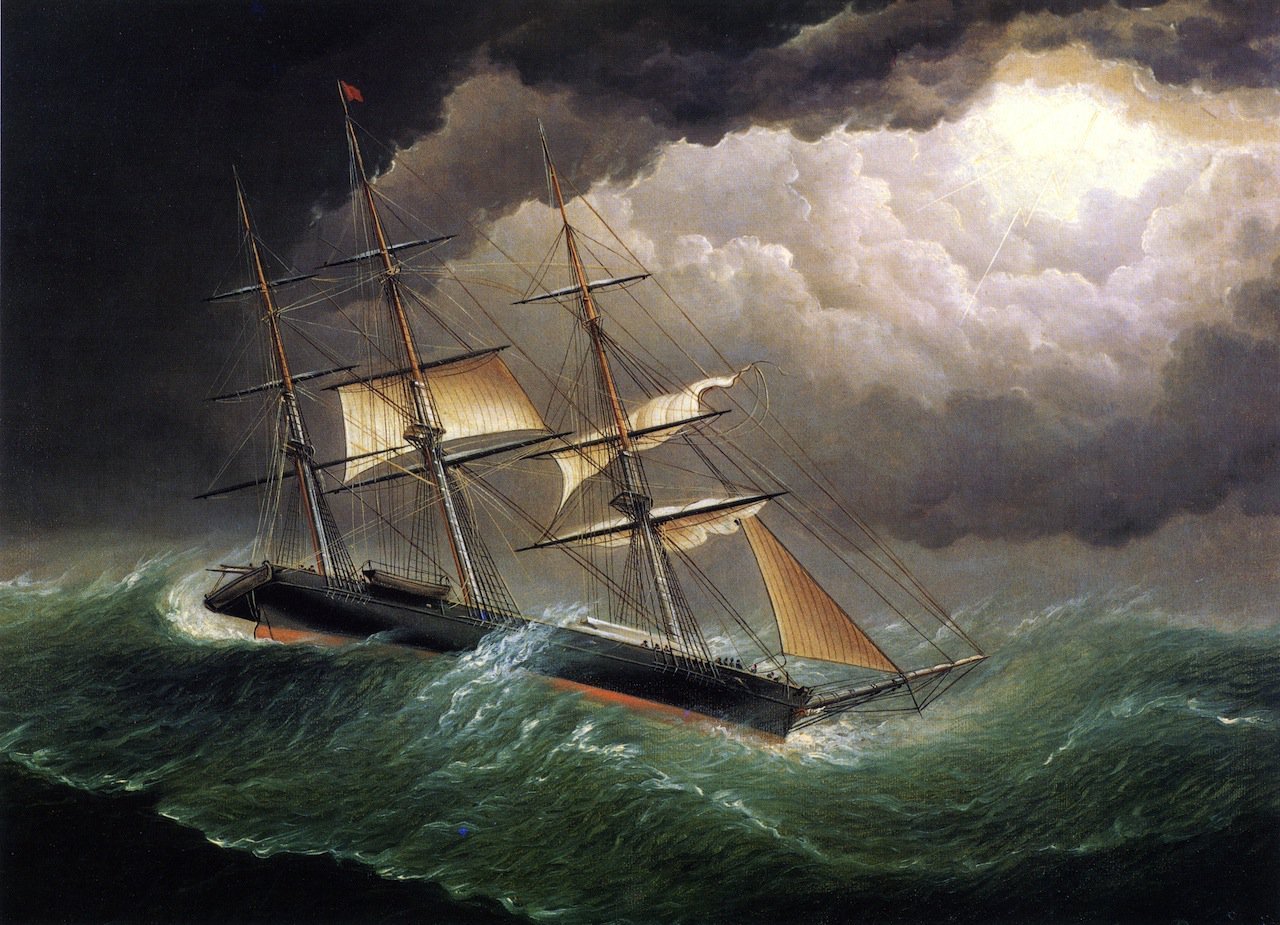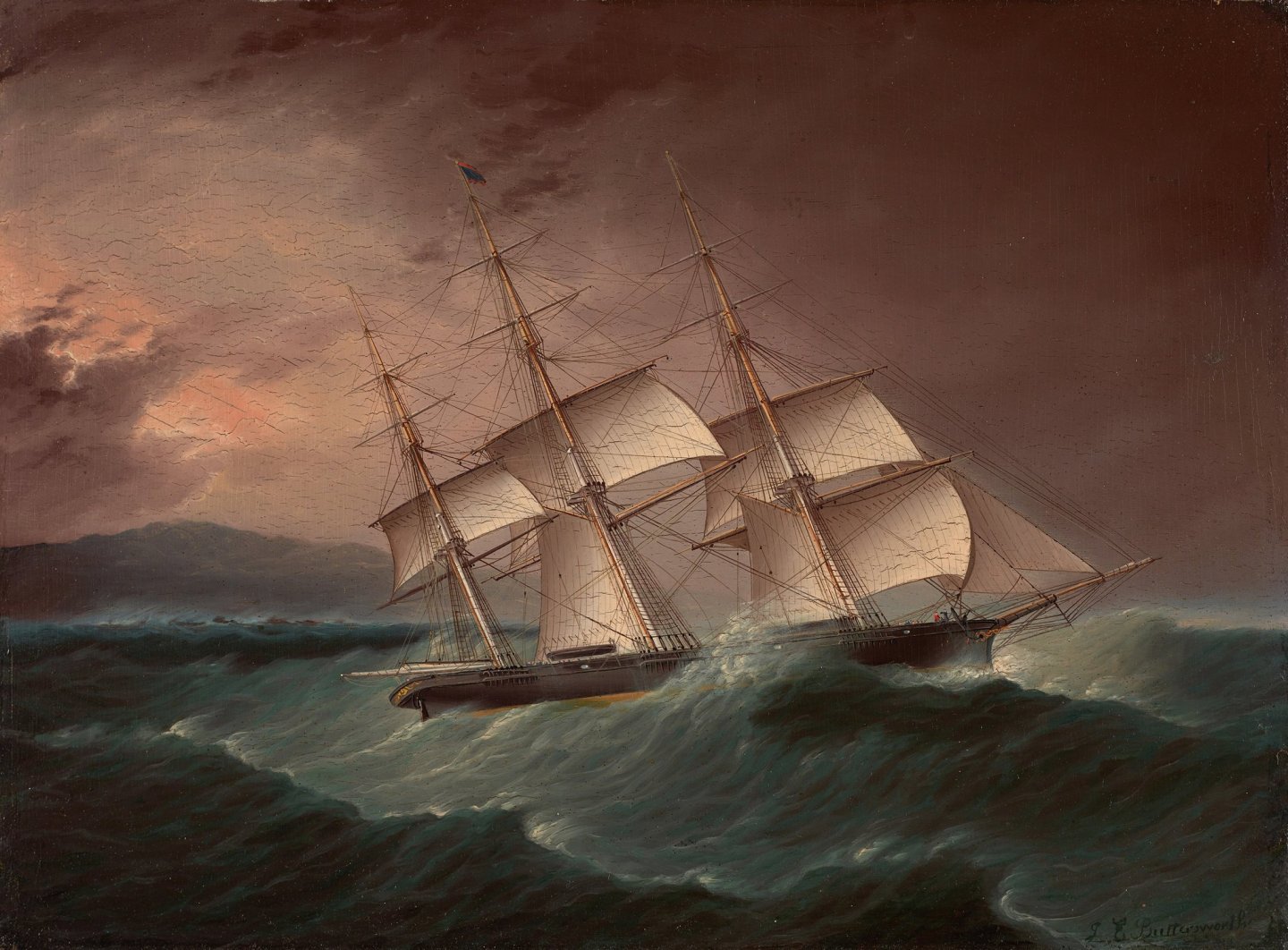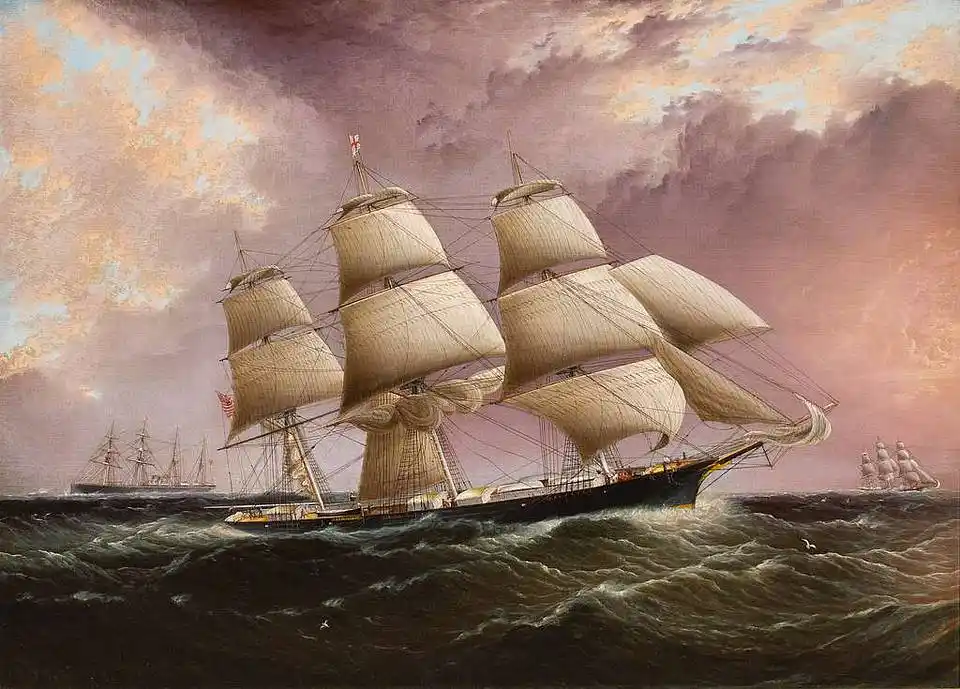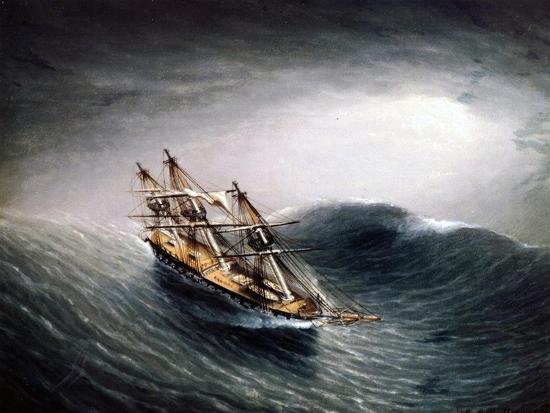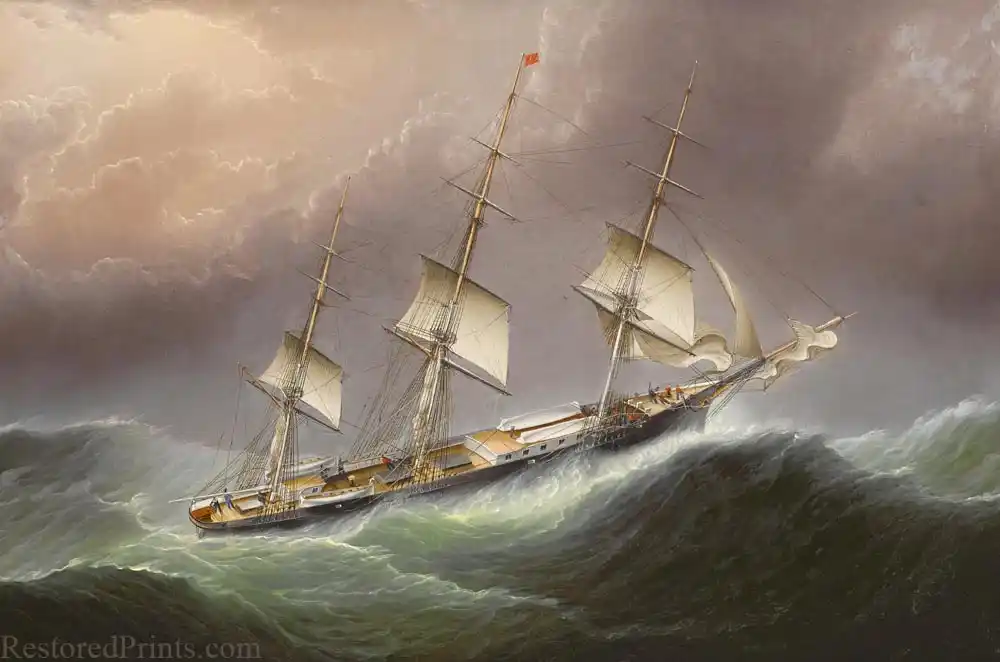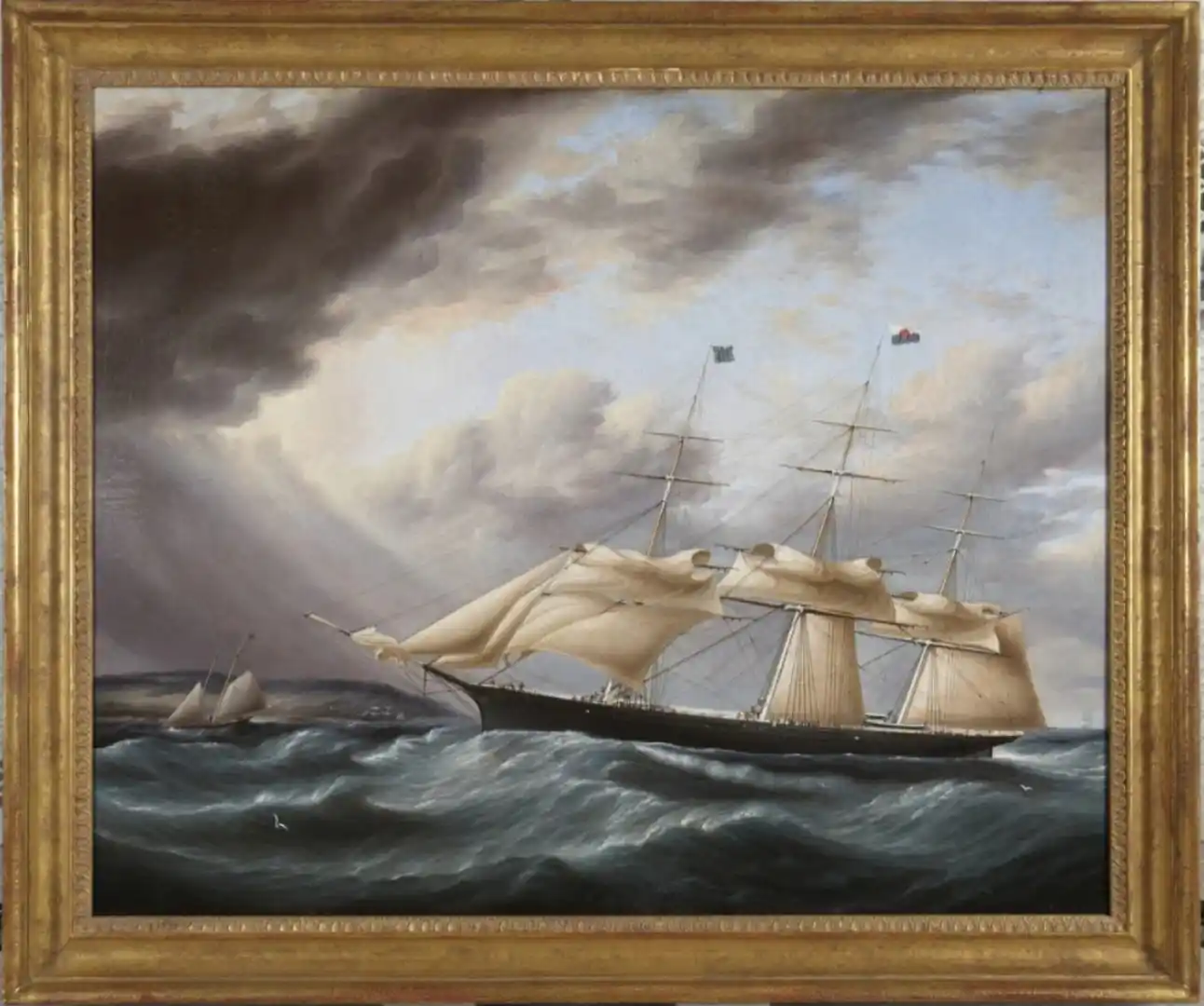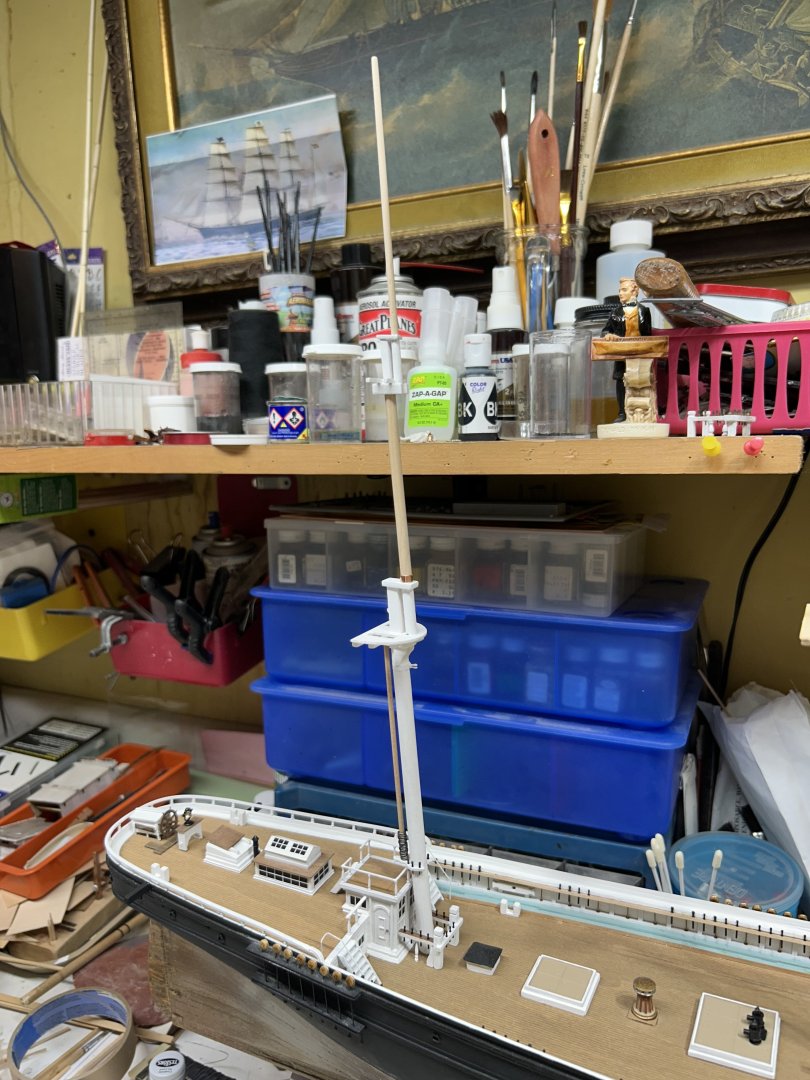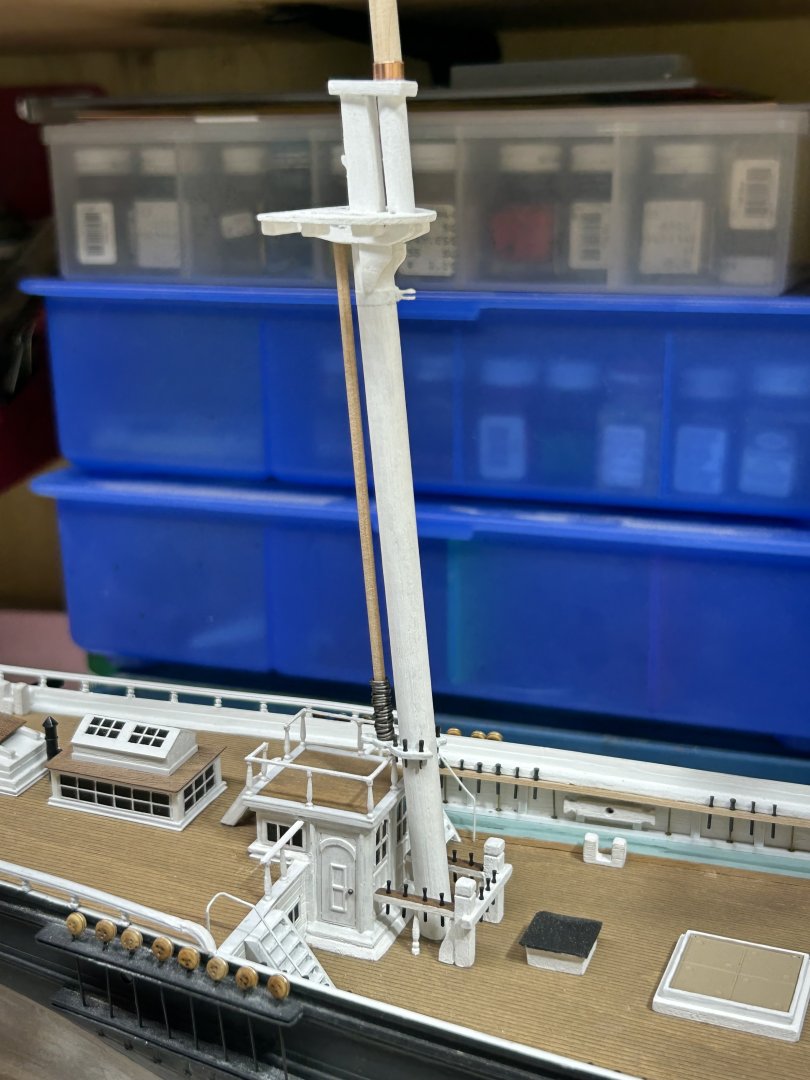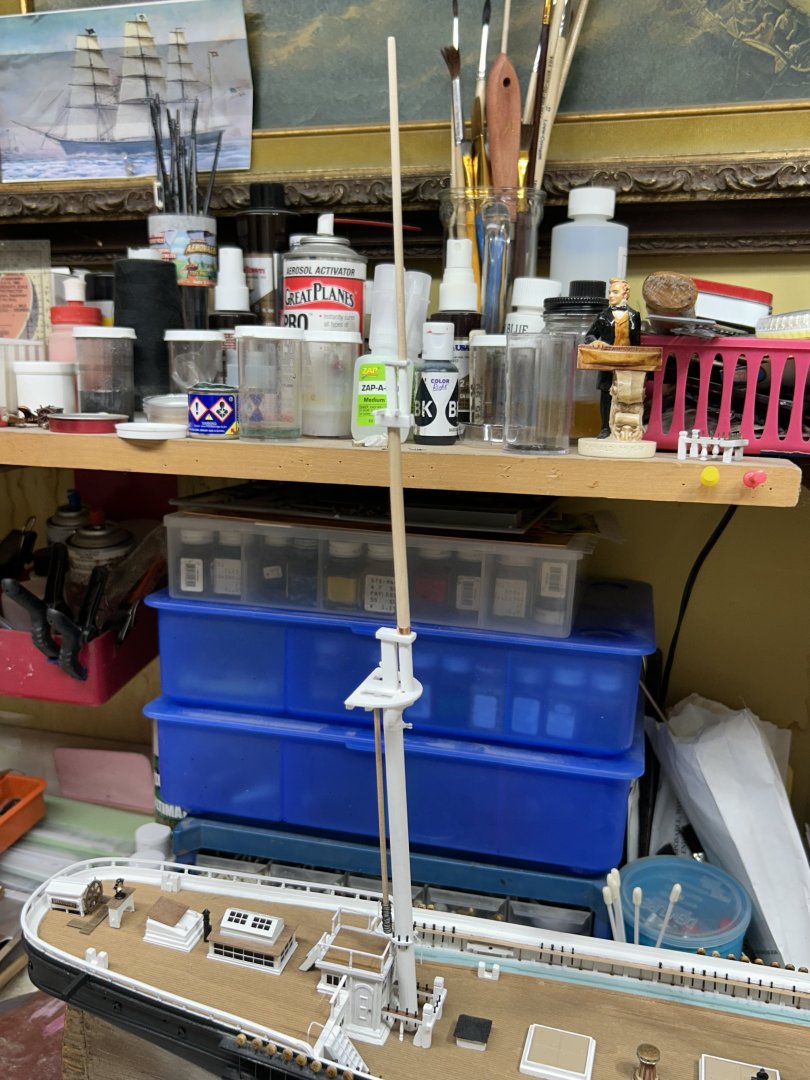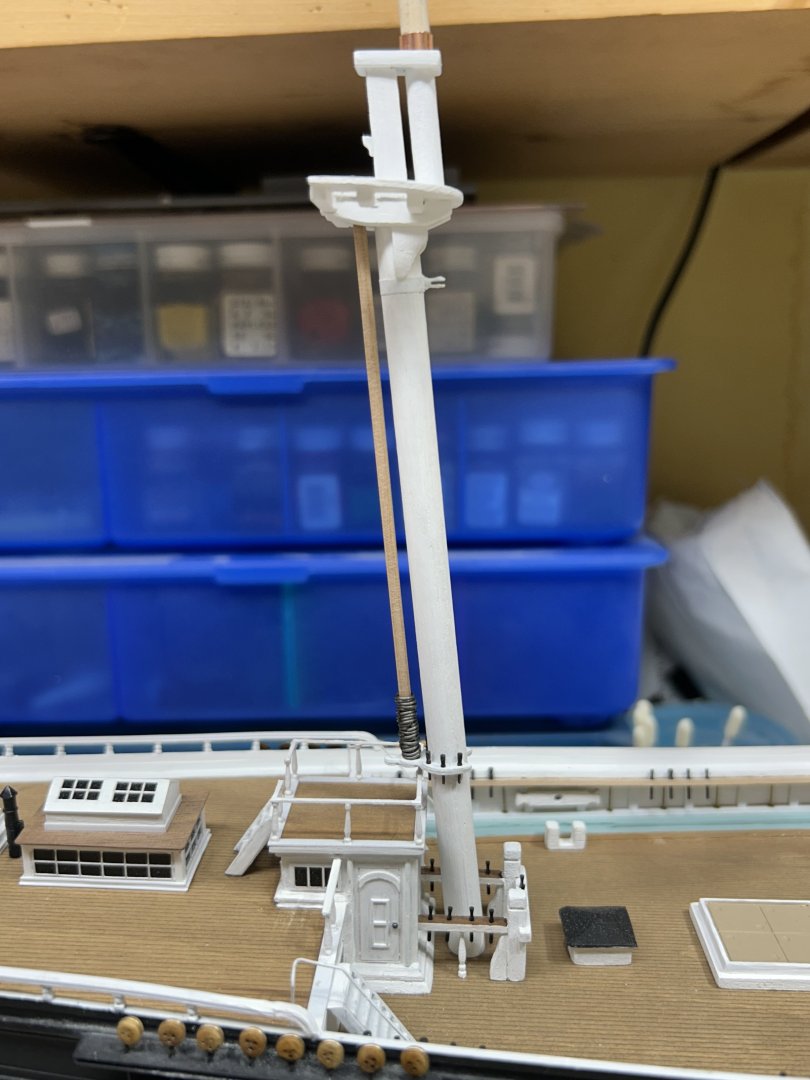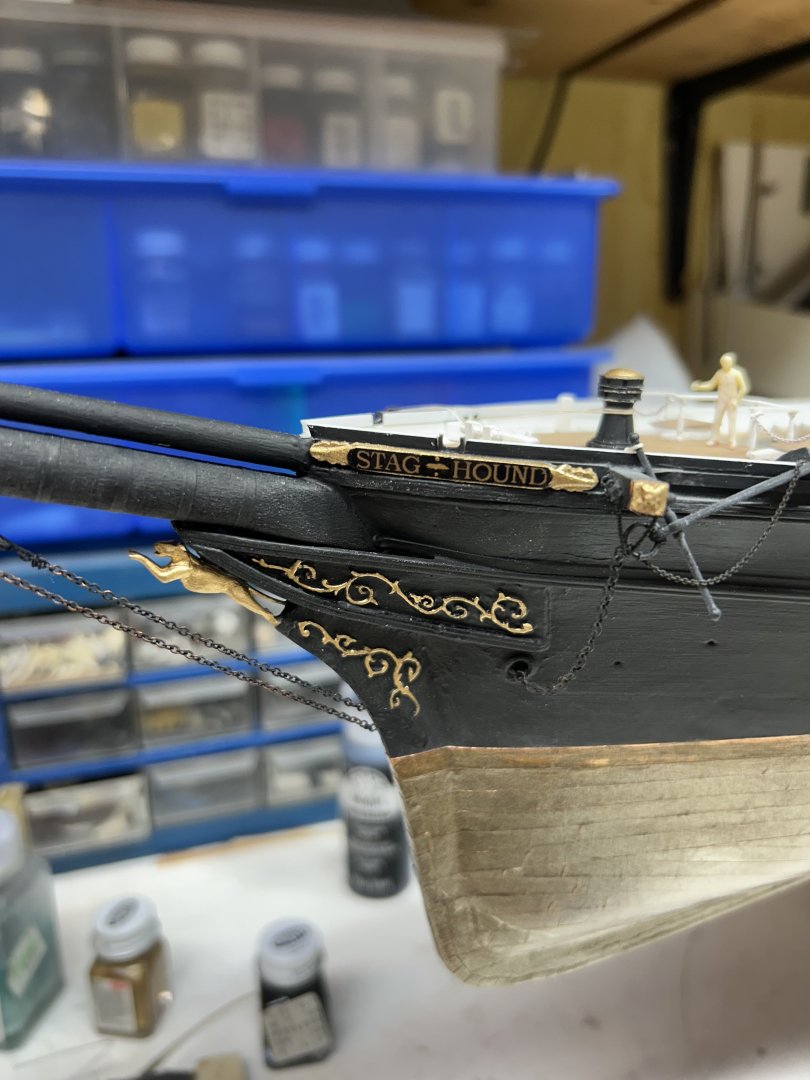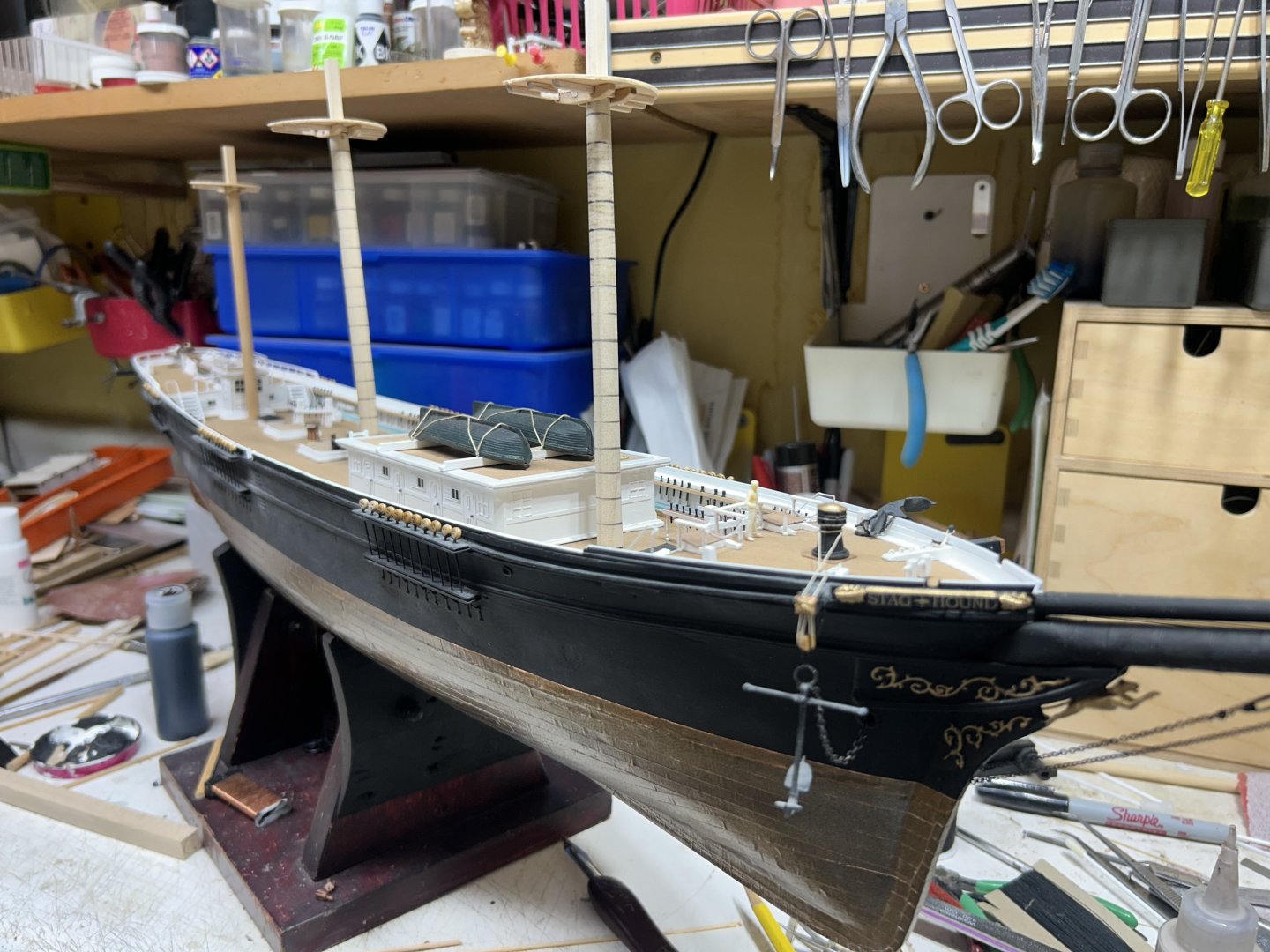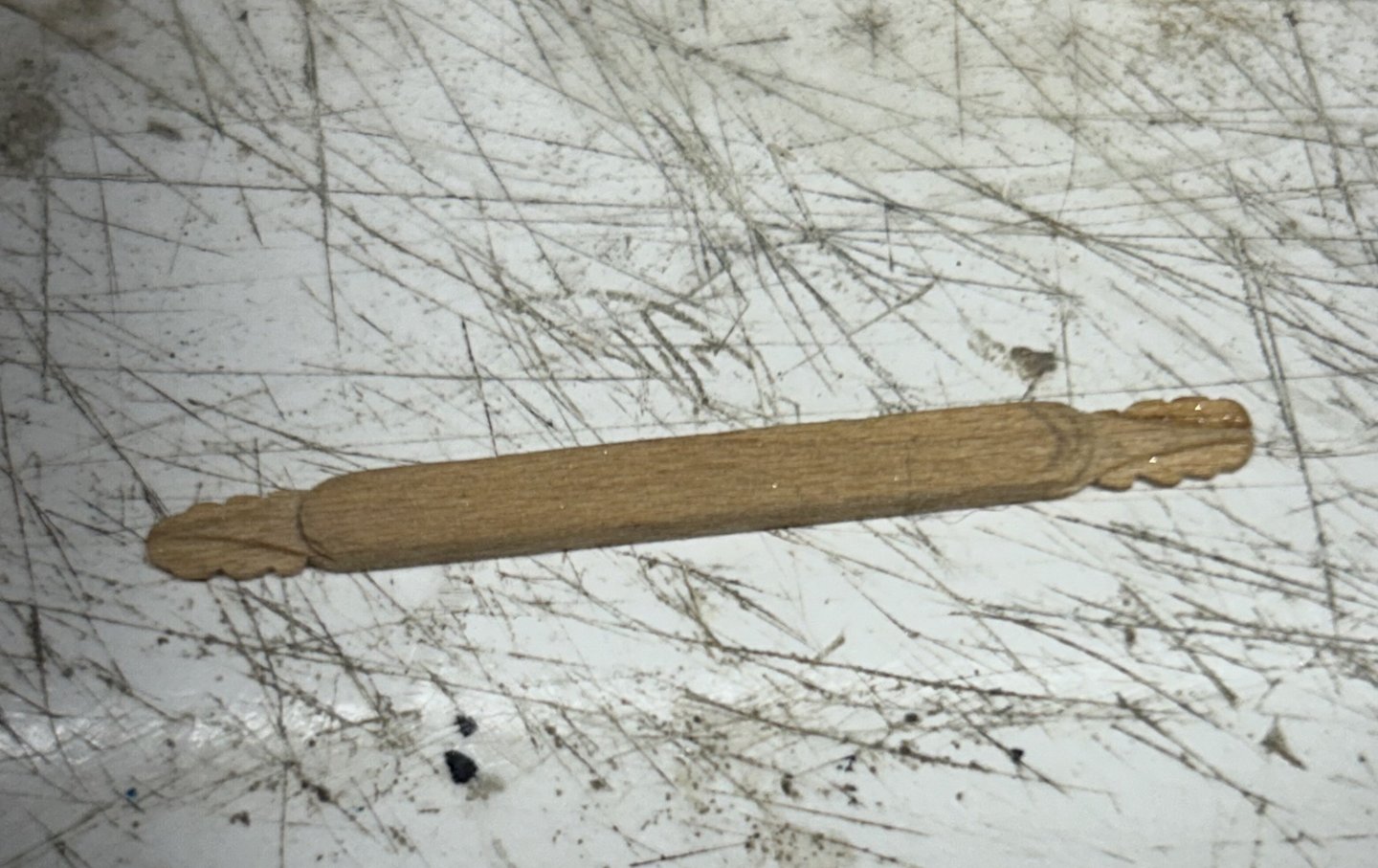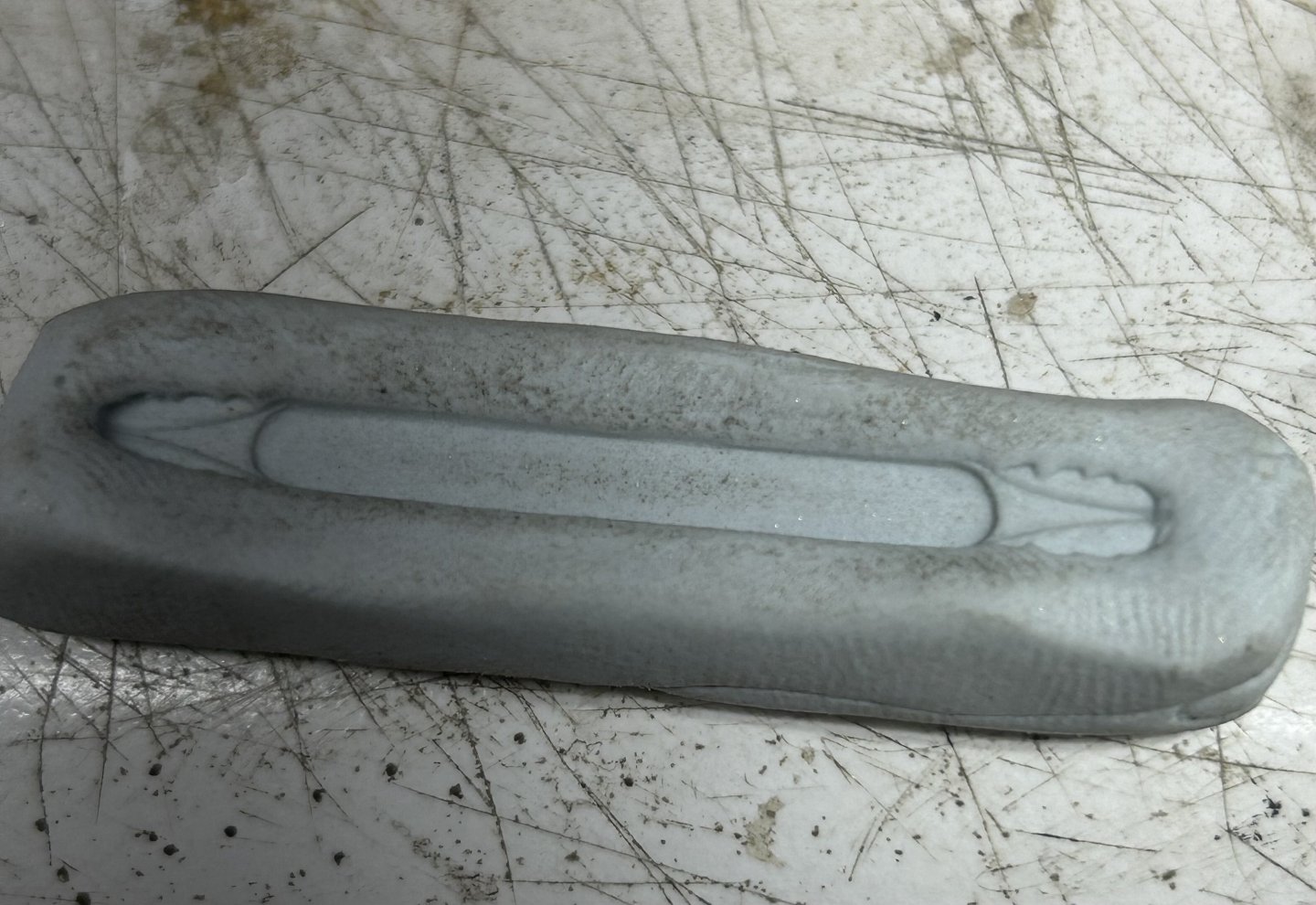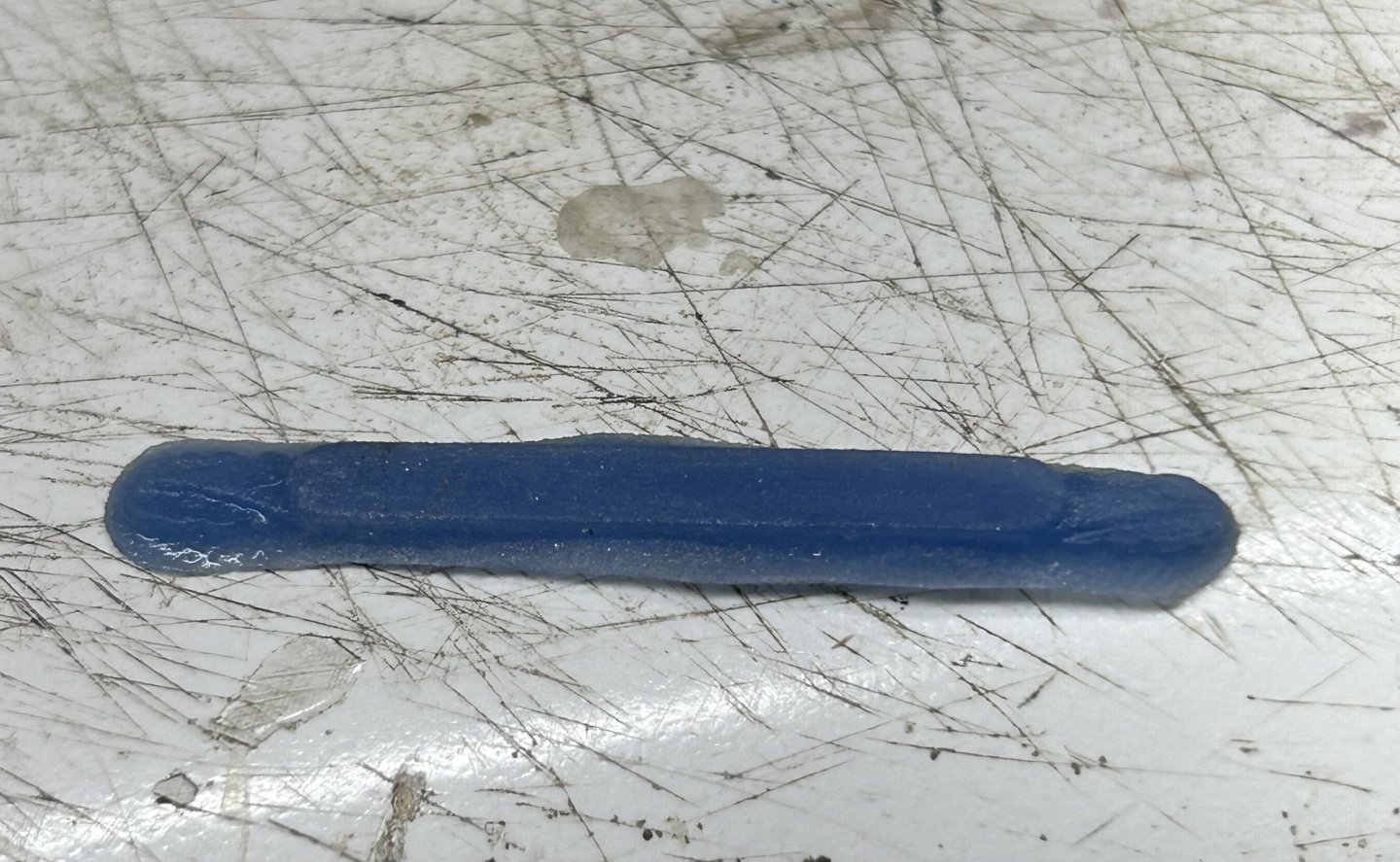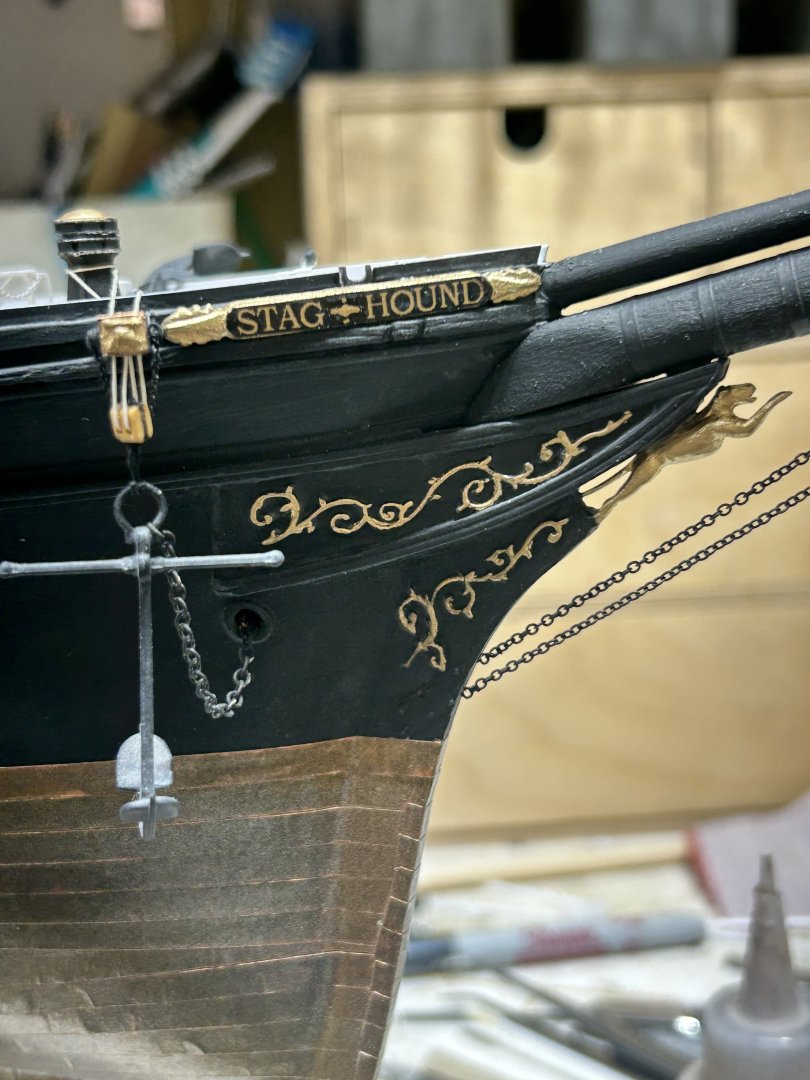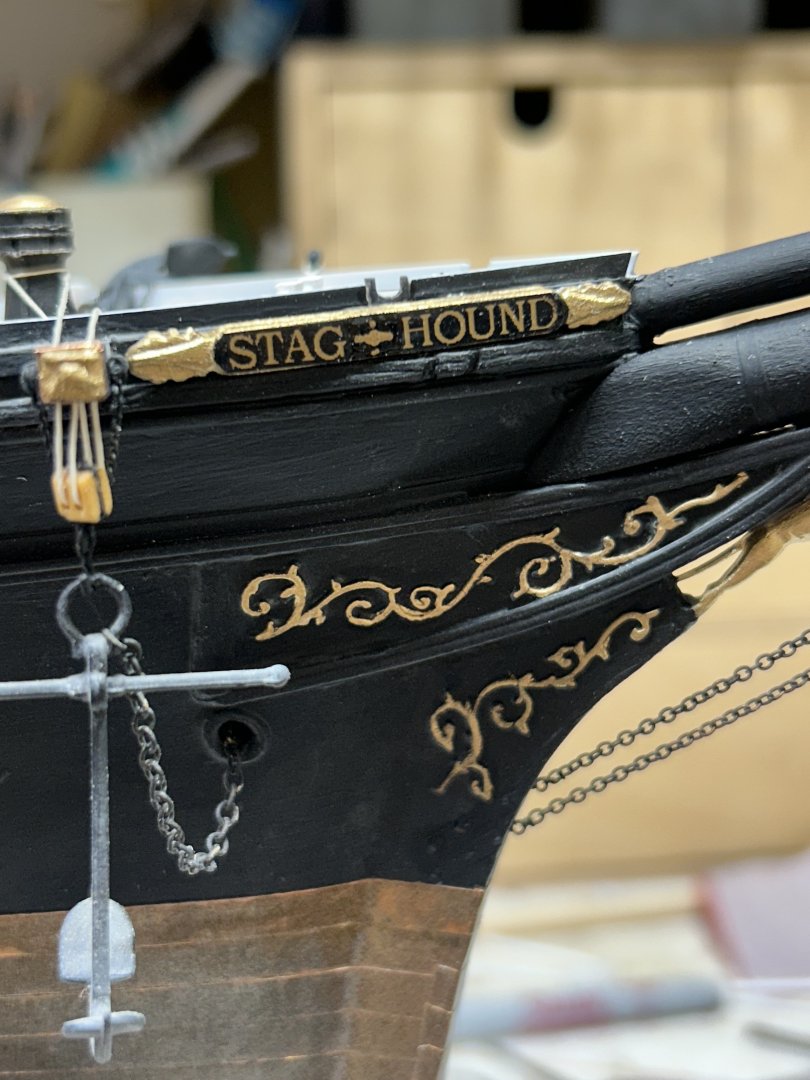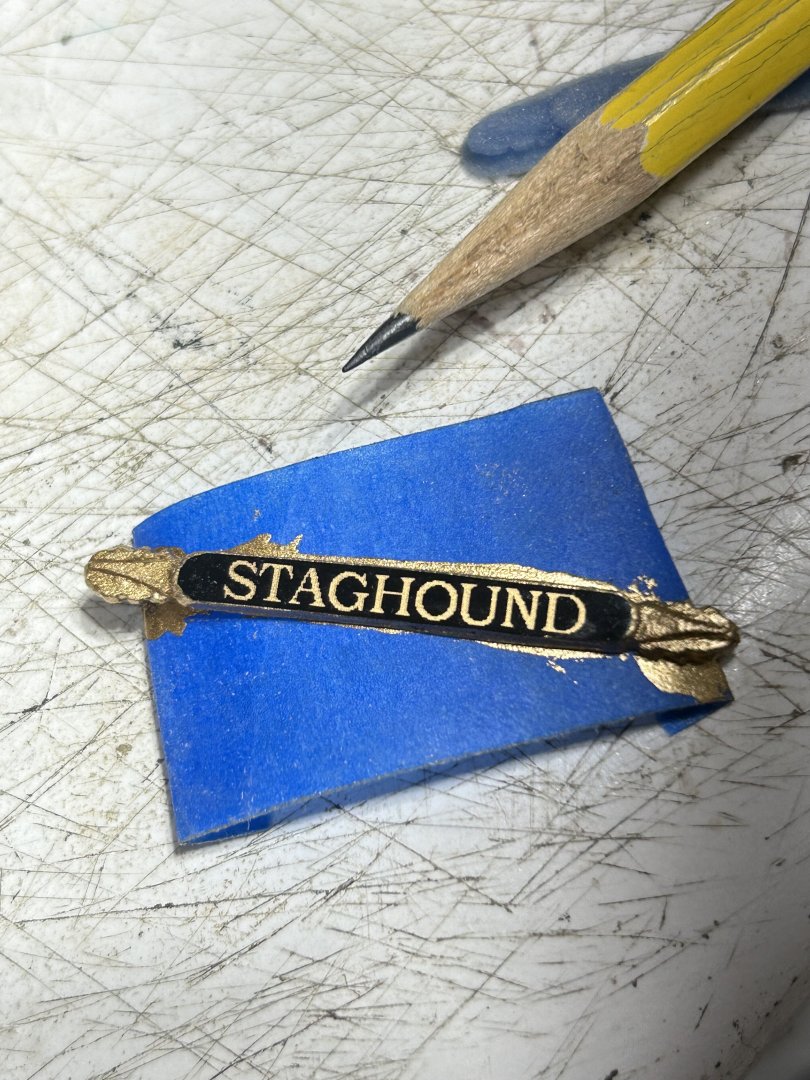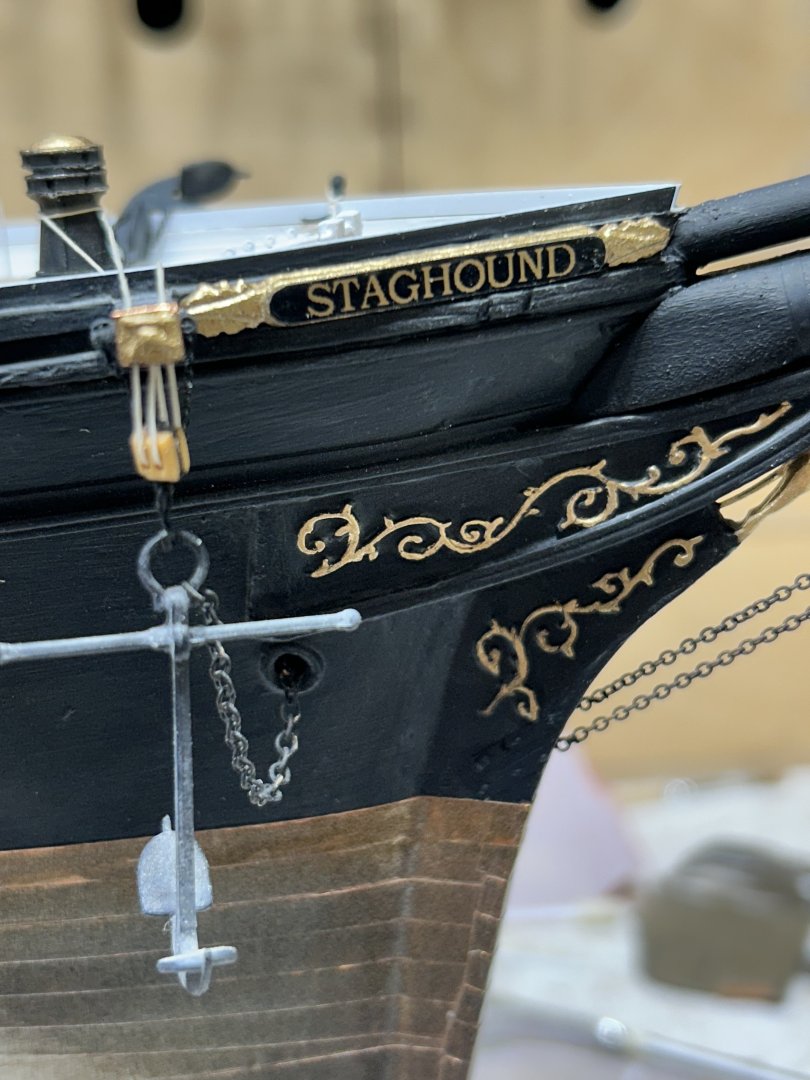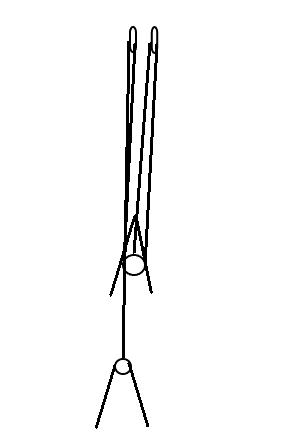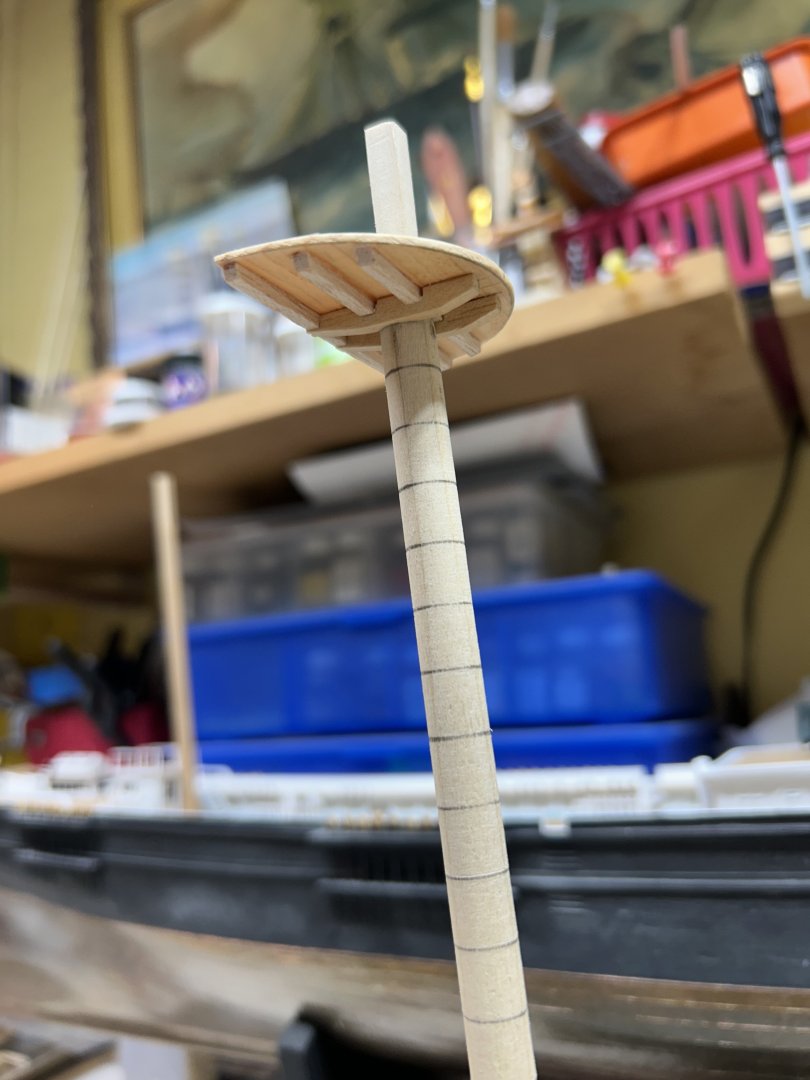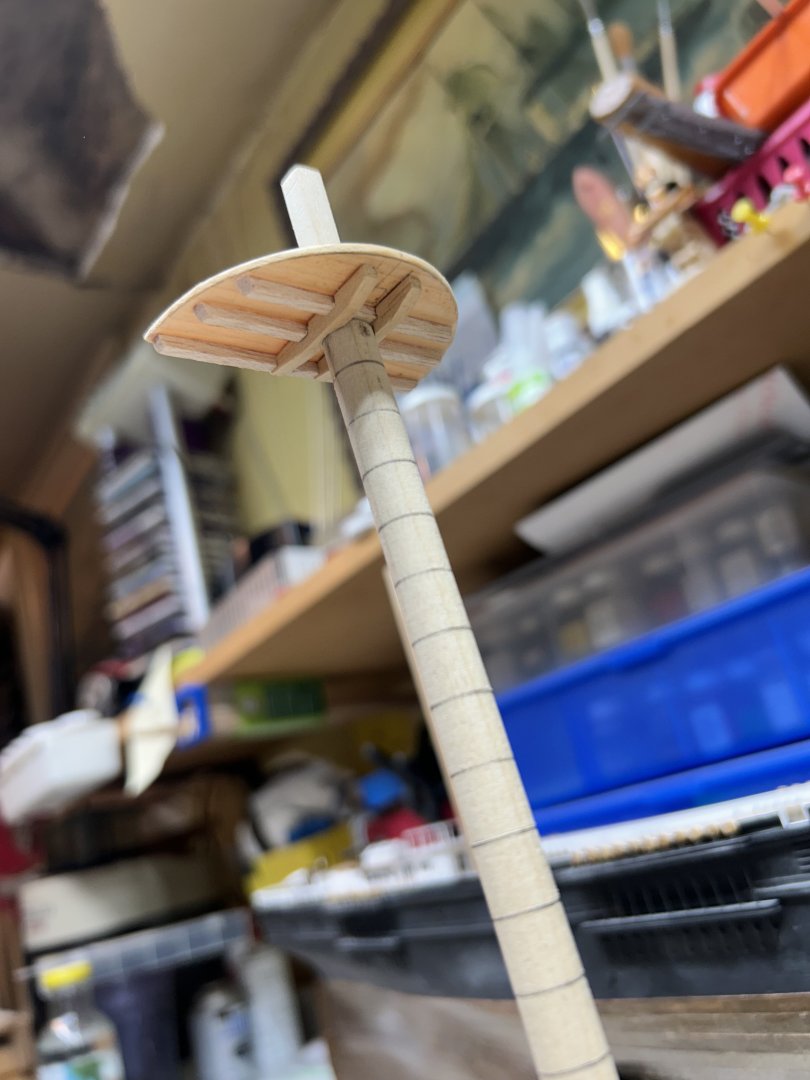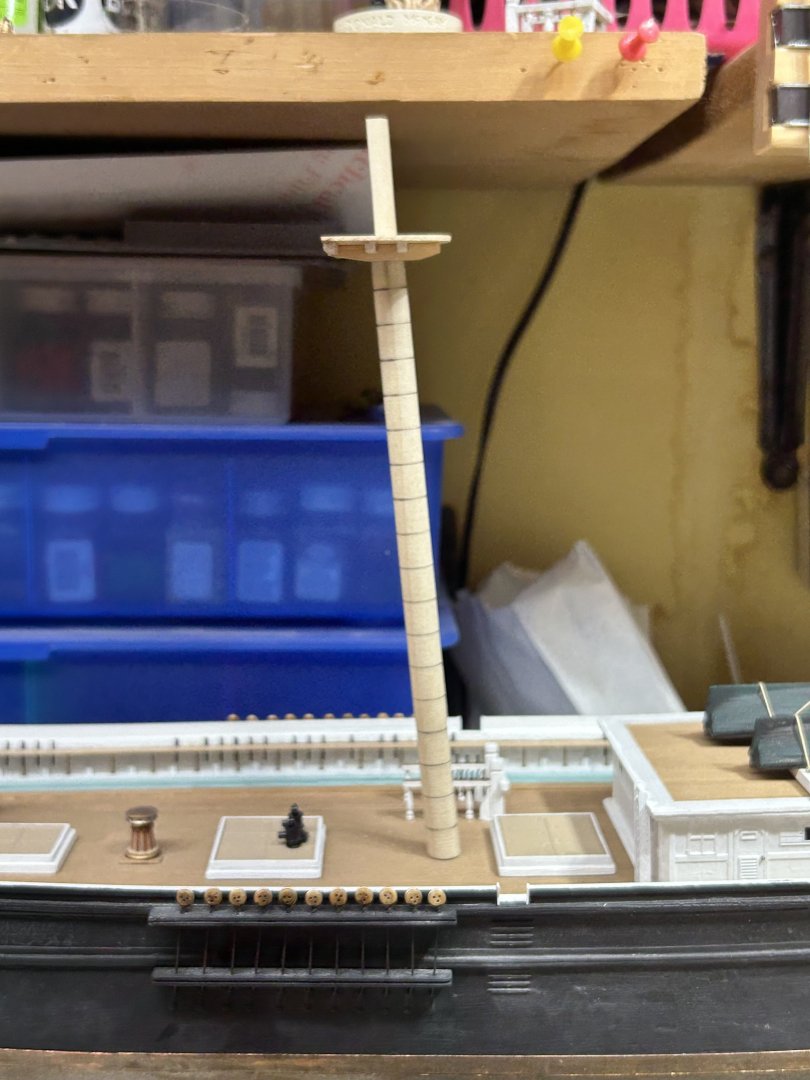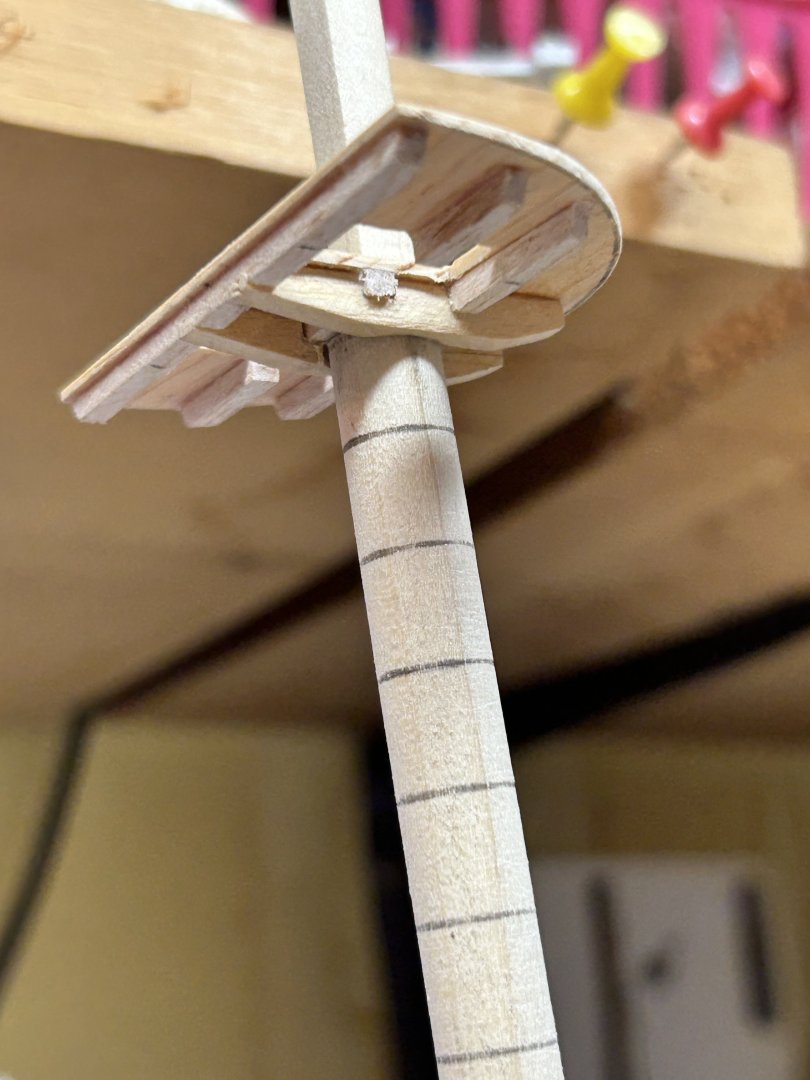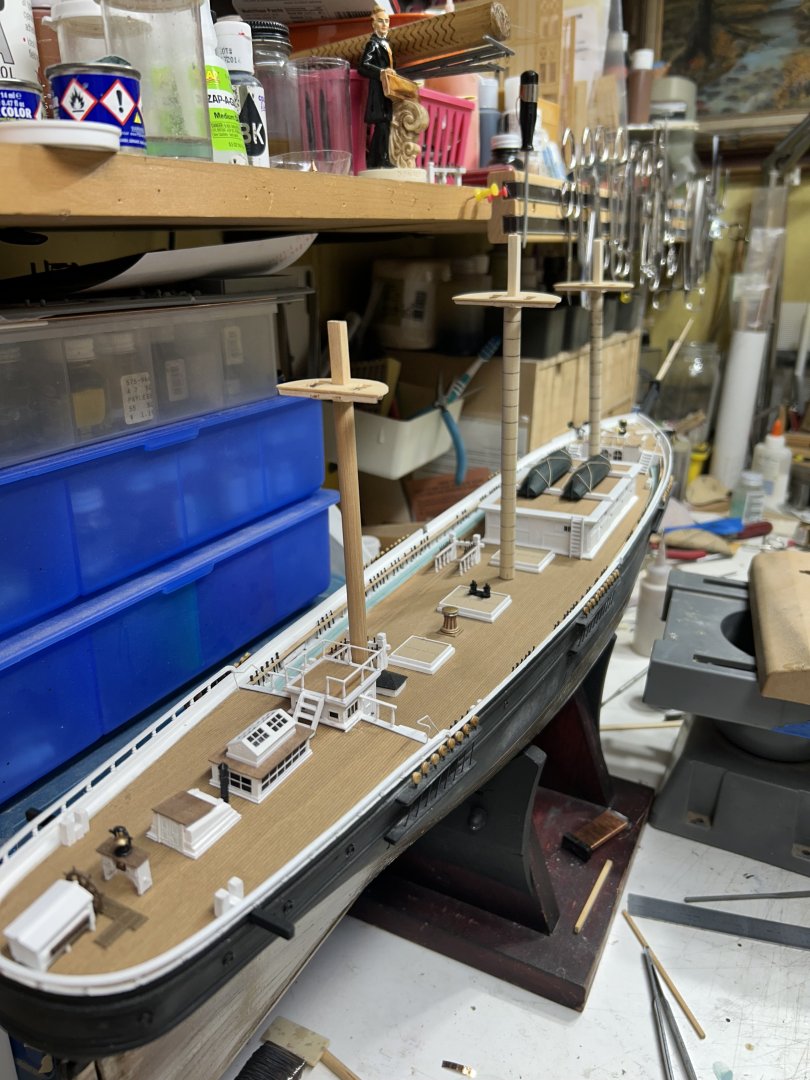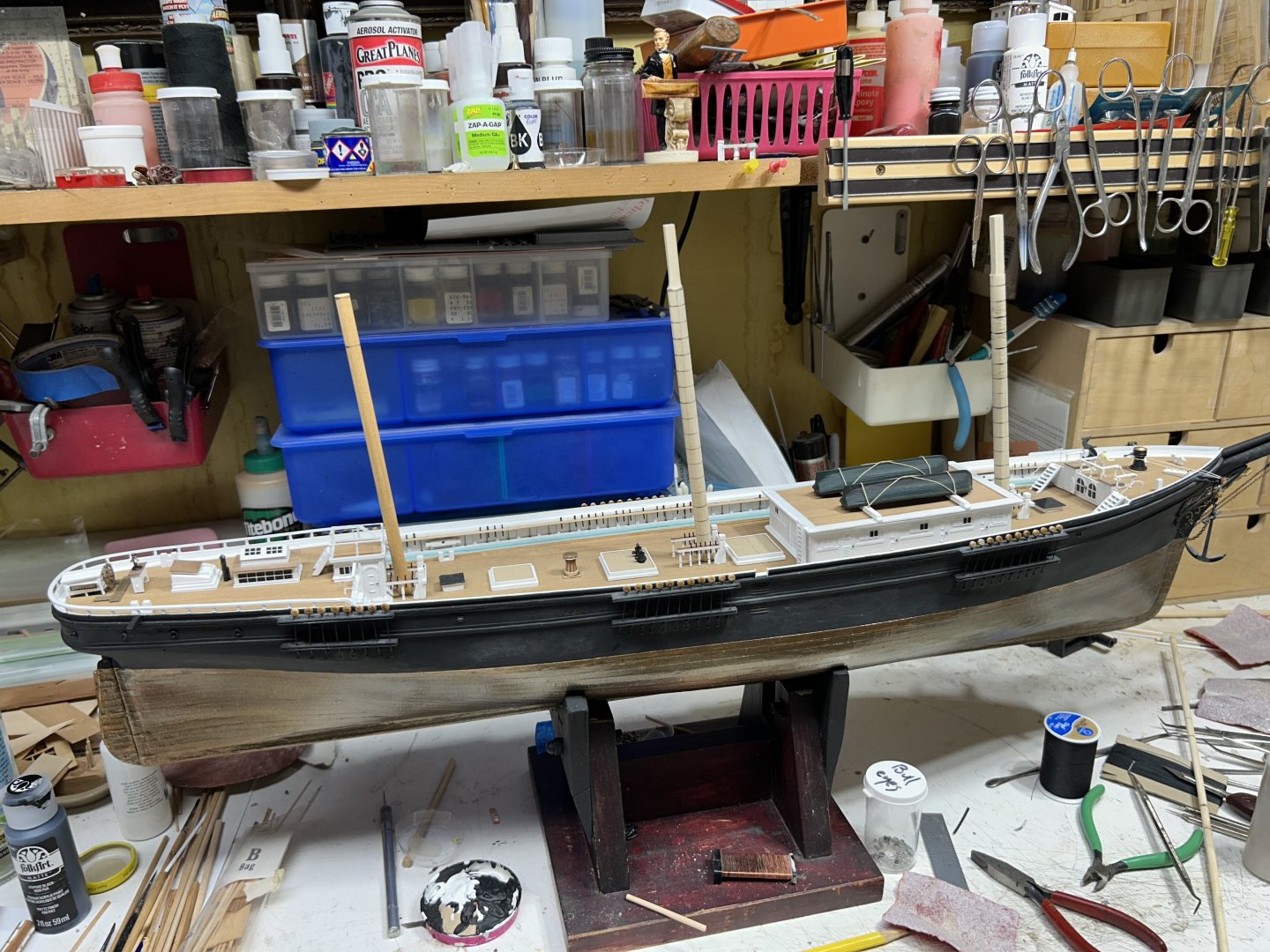-
Posts
5,509 -
Joined
-
Last visited
Content Type
Profiles
Forums
Gallery
Events
Everything posted by rwiederrich
-
I concur that she had 5 yards per mast...generally. Lowering skysail yards and all the rigging associated with it was a difficult task....not to mention, done hastily during a sudden squall or during a stretch of severe weather. It was a common practice to do so when entering long stints of extreme weather....namely rounding the horn.....or below the 49th parallel, .to reduce these fixtures to prevent the trouble of demasting. In lighter fair...(Tropics), these yards, along with stunsail booms were added to capture the slightest of breezes. Both of these Buttersworth paintings depic, vessels in squalls or extreme weather. Hence the shortened rig. One last note: When many of McKay's vessels were originally launched, they were only rigged with the highest being Royals...because the area was the same...just, that the sails were larger. As sail plans and designs evolved...double topsails were added, topgallants, even upper and lower topgallants, royals with skysails and extreme moon sails topped off the plan. Crazy. Rob
-
Trever. Unlike reefing double topsails...a large single topsail, was reduced in size, by lowering the topsail yard...nearly too, or upon the top cap. This permitted the sail to be reefed via the reef tackle, drawing the sail up to the lowered topsail yard, causing the upper half of the sail to flop over the lower half of the sail....reducing its effect. this same action was produced by splitting the sail into *Upper and Lower* topsails...via the Forbes and then the Howes double topsail designs. In this painting, Buttersworth depicts this single topsail reefing quite accurately. Once the vessel has slowed sufficiently to allow the pilot to board....the topsail was released from reef and was fully set to again clip along nicely. This vessel has only 4 yards per mast. Main course, topsail, topgallant, royal. I plan on recreating my Staghound in this arrangement. Rob
-
Moving along nicely Harry. I break down the process for each mast...to make my brain not default to overload. Your work is looking good. Rob
- 179 replies
-
- Flying Cloud
- Mamoli
-
(and 1 more)
Tagged with:
-
Here is a quick process review of the name boards. I first, carved a wooden name board. Then I duplicated it. Next I formed several duplicates in light cured plastic. Carved them to follow the hull curvature, painted and added premade printed name plates. After Rich reminded me that her name was actually two words, I remade the starboard name board with a golden decorative break between the words. Rob
-
Buttersworth captured exactly how the massive single topsail was furled....or in this case..*Shortened*. You dropped the topsail yard half way and clewed the sail, allowing the top half of the massive sail to drop(flap) over the lower half. Reducing its effect and thus, reducing the stress upon the masts and rigging. This is how the topsail was reduced and eventually furled, prior to the advent of Captn. Howes revolutionary double topsail design. As mentioned earlier, this is how I plan on presenting my Staghound sail configuration. Rob
-
Flemishhorses, generally were used on yards that supported the stunsail booms. Crew deeded to get out far to rig and tend to the sail affixed to the boom. Rob
- 179 replies
-
- Flying Cloud
- Mamoli
-
(and 1 more)
Tagged with:
-
With the suggestion I made...it is easily applicable to 2 purchases. One port the other starboard. Simply end the tie chain heading back down to the deck with another gin block. Then run chain down to each purchase point and end in the block purchases. In essence the tie gin block would be the same for any double topsail arrangement. The tie leaves the yard, goes up through the mast fairlead pulley, just under the top tree....back down to a gin block that separates the two port and starboard purchase lines. That is how I plan on rigging the heavy topsail yard. Here is rudimentary drawing depicting what I'm describing. Note the gin blocks....the path of the tie.....the addition of the P/SB purchases......and the parral band wire lifts. Rob(Thanks)
-
As I mentioned. I will begin adding detailing and adding trim. The cheeks won’t be added till I finished banding the main and fore masts. Once done, I’ll glue and paint the lower masts. I’ll then move onto the top masts, which will be varnished wood. And so forth, till the mast is built. No real detail will be added at this time , that will happen when each mast is treated as a single project. Till then…….simple mast construction. Rob
-
Pat. It came to me, so clearly. You can still use the double gin blocks at the tops, as described in Duncan McLeans description of flying Fish(which so happens to match your Victoria schematic). If you use the arrangement on the right...with the double gin blocks at the tops and a single gin block at the yard(which has an insertion eye) to affix the tie cable too) You can still add a parral band lift cable to the center chain just above its insertion point on the block. This portion of the tie does not rotate around a block....but simply moves up and down, in tandem with the yard and parral. I feel satisfied and comfortable with this arrangement for my Staghound. Your thoughts? Rob
-
You've moved along impressively. Nice clean work....she looks wonderful. Rob
- 57 replies
-
- Flying Fish
- Model Shipways
-
(and 1 more)
Tagged with:
-
Pat ……I love both of your examples. But if you examine the action of the tie cable….. you will see. That the action will not permit a parral lift cable to be affixed that would not be in danger of following the rotation of the chain along its gin block travel. Making it useable. Under normal tie lift action, the parral lift cable affixes to the central tie chain. And both move in tandem. One lifting the yard, the other lifting the parral band. Without this cable, the parral band will bind. Rob
-
It should be concluded that even though Flying Fish was a product of 4 vessels proceeding Staghound. It must also be concluded that the heavy single topsail yard required additional lifting mechanisms that were employed on, Flying Fish and described by Duncan McLean, must have been a fixture of Staghound/ Flying Cloud /Staffordshire/North America as well. However, this fixture as depicted by model manufactures(though looking impressive), will not function if parral lift wires are applied. Parral lift wires, were just as important as the main tie's were themselves. The modelers system is drawn to work as a pulley system, using the top 2 gin blocks along with the single yard trussed gin block. In essence, the yard gin block is simply acting as an insertion point for both tie cables. Each having their own upper gin blocks and purchases below on deck. Skip the yard gin block....secure the tie cable directly to the yard band...up through the top gin block and down to their appropriate, port/starboard purchase block arrangement on deck. Doing so, will still satisfy McLean's description of double gin bloacks and provide a workable solution for lifting both yard and parral bands equally. Avoiding the mast binding that would most likely occur if parral lift wires were not employed. Rob
About us
Modelshipworld - Advancing Ship Modeling through Research
SSL Secured
Your security is important for us so this Website is SSL-Secured
NRG Mailing Address
Nautical Research Guild
237 South Lincoln Street
Westmont IL, 60559-1917
Model Ship World ® and the MSW logo are Registered Trademarks, and belong to the Nautical Research Guild (United States Patent and Trademark Office: No. 6,929,264 & No. 6,929,274, registered Dec. 20, 2022)
Helpful Links
About the NRG
If you enjoy building ship models that are historically accurate as well as beautiful, then The Nautical Research Guild (NRG) is just right for you.
The Guild is a non-profit educational organization whose mission is to “Advance Ship Modeling Through Research”. We provide support to our members in their efforts to raise the quality of their model ships.
The Nautical Research Guild has published our world-renowned quarterly magazine, The Nautical Research Journal, since 1955. The pages of the Journal are full of articles by accomplished ship modelers who show you how they create those exquisite details on their models, and by maritime historians who show you the correct details to build. The Journal is available in both print and digital editions. Go to the NRG web site (www.thenrg.org) to download a complimentary digital copy of the Journal. The NRG also publishes plan sets, books and compilations of back issues of the Journal and the former Ships in Scale and Model Ship Builder magazines.



